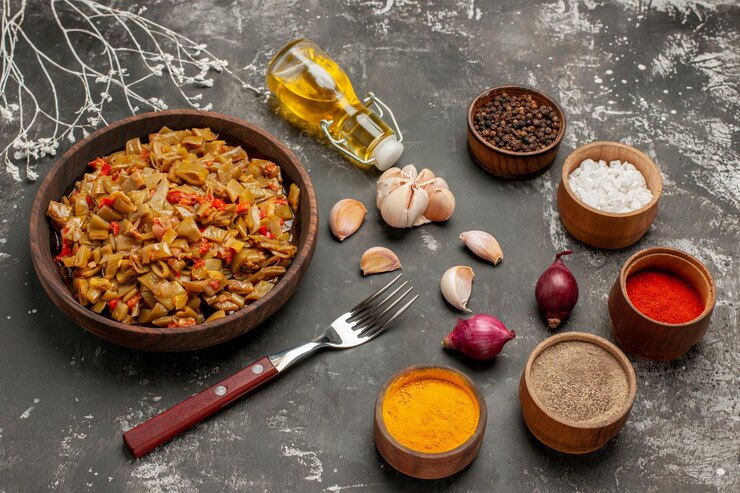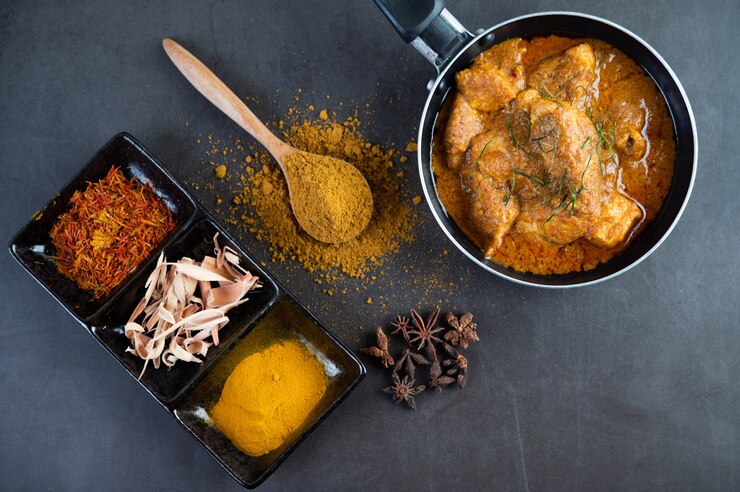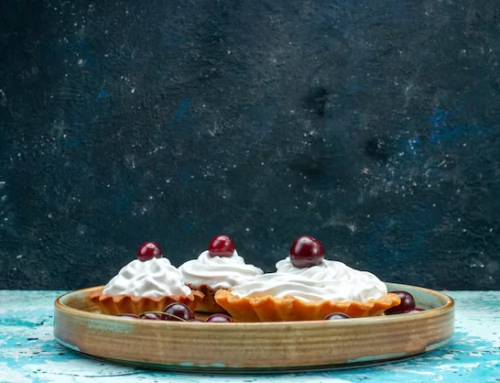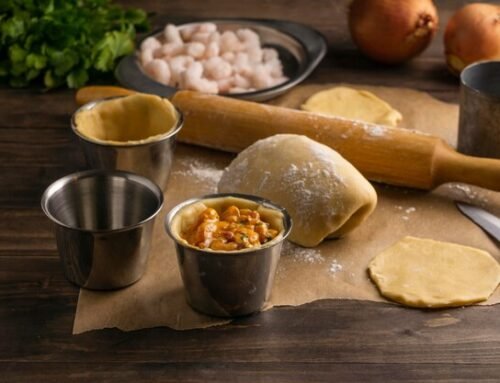Jambalaya is a classic dish that embodies the heart and soul of Louisiana cooking. This one-pot meal, rich with flavor and history, combines rice, meats, and a variety of spices that reflect the melting pot of cultures that make up Creole cuisine. Whether you prefer a seafood jambalaya or a meaty version, mastering this dish requires understanding its essential components, spice blends, and cooking techniques. In this ultimate guide, we will explore the secrets to creating the perfect jambalaya, ensuring that you can bring a taste of Louisiana into your own kitchen.
The History of Jambalaya
Understanding the origins of jambalaya adds depth to your cooking experience. Jambalaya is believed to have originated in Louisiana during the 18th century, drawing inspiration from Spanish paella and West African rice dishes. The dish reflects the cultural blend of French, Spanish, and African influences prevalent in Louisiana at the time. Over the years, jambalaya has evolved into various styles, with Creole and Cajun variations becoming popular.
- Creole Jambalaya: Often referred to as “red jambalaya,” this version includes tomatoes and a variety of meats, such as chicken, sausage, and seafood. Creole jambalaya is characterized by its rich, bold flavors and colorful presentation.
- Cajun Jambalaya: Also known as “brown jambalaya,” this version does not include tomatoes. Instead, the rice absorbs the flavors of the meats and seasonings, resulting in a darker, smokier dish. Cajun jambalaya typically features andouille sausage, chicken, and sometimes shrimp.
Understanding these distinctions will help you choose the right approach to making jambalaya according to your personal taste.
The Essential Ingredients

1. The Right Meats
Choosing the right meats is crucial for making the perfect jambalaya. Here are the most common options:
- Chicken: Boneless, skinless chicken thighs are recommended for their rich flavor and tenderness. However, you can also use drumsticks or whole chicken pieces if you prefer.
- Sausage: Andouille sausage is a staple in jambalaya, contributing a smoky, spicy flavor. You can also use other types of smoked sausage or even chorizo for a different flavor profile.
- Seafood: If you’re making a seafood jambalaya, shrimp is the most popular choice. Other seafood options include crawfish, crab, or fish. Make sure to add seafood toward the end of cooking to avoid overcooking.
- Pork: Some variations of jambalaya include pork, such as ham or bacon, adding extra flavor to the dish.
2. Aromatics
Aromatics are essential for building flavor in jambalaya. The holy trinity of Cajun and Creole cooking consists of:
- Onions: Add sweetness and depth.
- Bell Peppers: Use a mix of green and red bell peppers for color and flavor.
- Celery: Provides a subtle earthiness and crunch.
3. Rice
Long-grain white rice is the most common type used in jambalaya, as it absorbs the flavors without becoming mushy. Avoid using short-grain rice, as it can become sticky.
4. Spices and Seasonings
The spice blend you choose will significantly impact the flavor of your jambalaya. A classic jambalaya seasoning mix includes:
- Cayenne Pepper: For heat and depth.
- Paprika: Adds color and a subtle sweetness.
- Thyme: Offers a warm, earthy flavor.
- Oregano: Complements the other spices well.
- Bay Leaves: Infuse the dish with a subtle herbal aroma.
5. Liquids
The cooking liquid is essential for flavor and moisture. Traditionally, jambalaya is cooked with chicken broth or stock, but you can also use vegetable broth for a vegetarian version. Some recipes call for diced tomatoes or tomato sauce for added flavor and moisture.
Preparing the Perfect Jambalaya
Step 1: Sauté the Aromatics
Start by heating oil in a large pot or Dutch oven over medium heat. Add the diced onions, bell peppers, and celery, and sauté until the vegetables are soft and fragrant, about 5-7 minutes. This step creates the flavorful base for your jambalaya.
Step 2: Brown the Meats
Add your choice of meats to the pot, starting with sausage and chicken. Cook until browned, stirring occasionally to ensure even cooking. If you’re using seafood, wait until the end to add it, as it cooks quickly.
Step 3: Add Spices and Rice
Once the meats are browned, sprinkle your spice blend over the mixture and stir well to combine. Then, add the rice, ensuring it is coated with the oil and spices. This step helps toasting the rice slightly, enhancing its flavor.
Step 4: Pour in the Liquids
Add your chicken broth or stock to the pot, followed by diced tomatoes if using. Stir everything together, making sure the rice is evenly distributed throughout the pot. Bring the mixture to a boil.
Step 5: Simmer
Once boiling, reduce the heat to low, cover the pot, and let it simmer. Cooking times can vary based on the type of rice used, so refer to the rice package instructions for guidance. Typically, it takes about 20-30 minutes for long-grain rice to cook fully.
Step 6: Add the Seafood
If you’re making a seafood jambalaya, add the shrimp or other seafood during the last 10 minutes of cooking. Stir gently to avoid breaking the shrimp, and cover the pot again to allow the seafood to cook through.
Step 7: Rest and Serve
Once the rice has absorbed the liquid and is tender, remove the pot from the heat and let it rest for about 5-10 minutes. This resting period allows the flavors to meld together. Fluff the jambalaya with a fork before serving.
Tips for Perfecting Your Jambalaya

- Quality Ingredients: Always choose fresh, high-quality ingredients for the best flavor. Fresh herbs, spices, and meats make a significant difference.
- Experiment with Spices: Don’t be afraid to adjust the spices to suit your taste. If you prefer a milder jambalaya, reduce the amount of cayenne pepper, or if you love heat, add more.
- Avoid Overcooking: Be careful not to overcook the rice. It should be tender but still have a slight bite (al dente). If you notice that your rice is cooking too quickly, reduce the heat.
- Customize Your Recipe: Jambalaya is incredibly versatile. Feel free to experiment with different meats, vegetables, or even add beans for extra protein.
Also Read : Macaroni And Cheese Dishes : Delicious Recipes For Every Cheese Lover
Conclusion
Jambalaya is a dish that represents the heart and culture of Louisiana cuisine. With its rich history, diverse ingredients, and flavorful spices, it’s no wonder that jambalaya is a beloved favorite across the United States and beyond. By understanding the key components and mastering the cooking techniques, you can create your own perfect jambalaya that suits your taste preferences. Whether you’re preparing it for a family gathering, a casual dinner, or a festive occasion, the secrets to making delicious jambalaya are now at your fingertips.
FAQs
1. Can I make jambalaya ahead of time?
Yes, jambalaya can be made ahead of time and reheated. It tastes even better the next day as the flavors meld together.
2. Can I freeze leftover jambalaya?
Yes, jambalaya freezes well. Store it in an airtight container and consume it within three months for the best quality.
3. How do I reheat jambalaya?
Reheat jambalaya in a saucepan over low heat, adding a splash of broth or water to prevent it from drying out.
4. Is jambalaya gluten-free?
Yes, jambalaya can be made gluten-free by using gluten-free sausage and ensuring all other ingredients are gluten-free.
5. Can I use brown rice instead of white rice?
Yes, you can use brown rice, but the cooking time will increase. Make sure to adjust the liquid accordingly.
6. What can I serve with jambalaya?
Jambalaya pairs well with a simple green salad, cornbread, or garlic bread.
7. Can I make jambalaya vegetarian?
Absolutely! Use vegetable broth, skip the meats, and add plenty of vegetables and beans for a hearty vegetarian jambalaya.








Leave A Comment